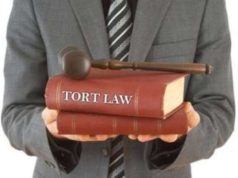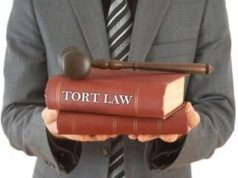
In legal terms, contribution is described as the right of an individual pursuing liability from another to receive reparations proportionate to the persons being filed against. Following judgment in which most if not all of the damages were obtained from one party or tortfeasor, there is an option that exists where they may request contribution from the remaining parties as to the share of the quantity.
Though, one may assume that discharge from claims to the plaintiff have, thus, freed the remaining tortfeasors from obligation, they are mistaken in this case. The legality of contribution varies depending on your state, however, as some deny it, while still others maintain that it is only permitted if contribution is sought after from those joint-tortfeasors whom the plaintiff had attained the judgment.
In cases such as these, those not part of the suit would not be obligated by law to "contribute." Another stipulation that a state may include concerns the distinction between "intentional" and "negligent" joint-tortfeasors as the former may not attain contribution of any kind.
In the case that contribution is allowed by law, it is usually divided according to the number of joint-tortfeasors, which is known as "pro rata shares." For instance, two tortfeasors would be required to contribute 50% each and so on. Various other states, however, may call into account the amount of fault attributed to each individual, which then split the amounts required accordingly.
Determination of fault can be done by taking into consideration the essence of their behavior as was performed as well as the relation between them in connection to the injuries that had resulted. The tortfeasor in question must also prove liability of the rest of his or her constituents in order to justify contribution. A whole separate action may be pursued for these means as long as the statute of limitations
Other specifications exist, such as in the state of Illinois, which states additional qualifications for consideration. When a tortfeasor request contribution from the plaintiff's employer, their portion or reparation contribution will not be more than their liability to their employee as stated in the "Workers' Compensation Act" or the "Workers' Occupational Diseases Act."
This amount does not go to that specific tortfeasor, however, and will instead be used as a part of their liability compensation to the plaintiff. A release may also be instituted, which would work to discharge all liability attached to future contribution assessed the tortfeasor who it is issued to. Contribution, then, serves the express purpose of ensuring that all individuals involved, and not already exonerate of all liability be equally obligate to contribute to the final judgment.
It is only fair that equal trial garner similar restitution for all tortfeasors. This allows for the appropriate dealing of such persons so as to remind them of the consequences of such actions.























